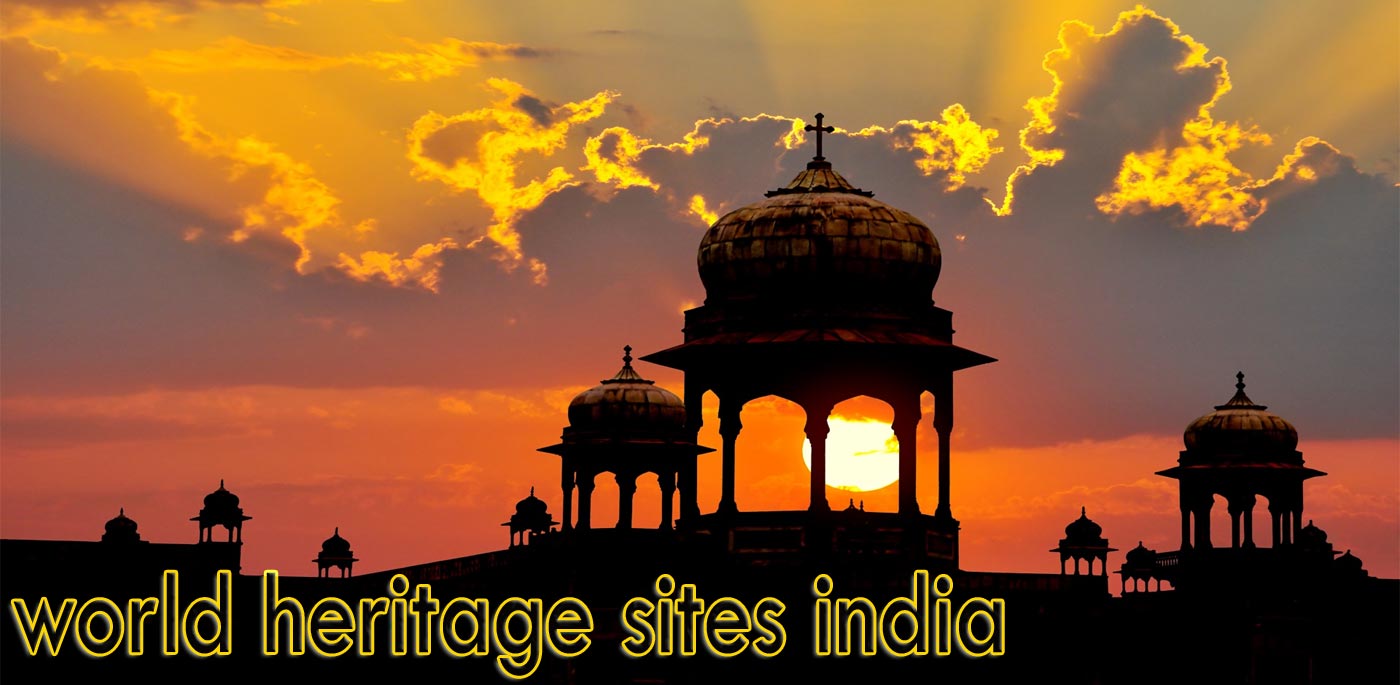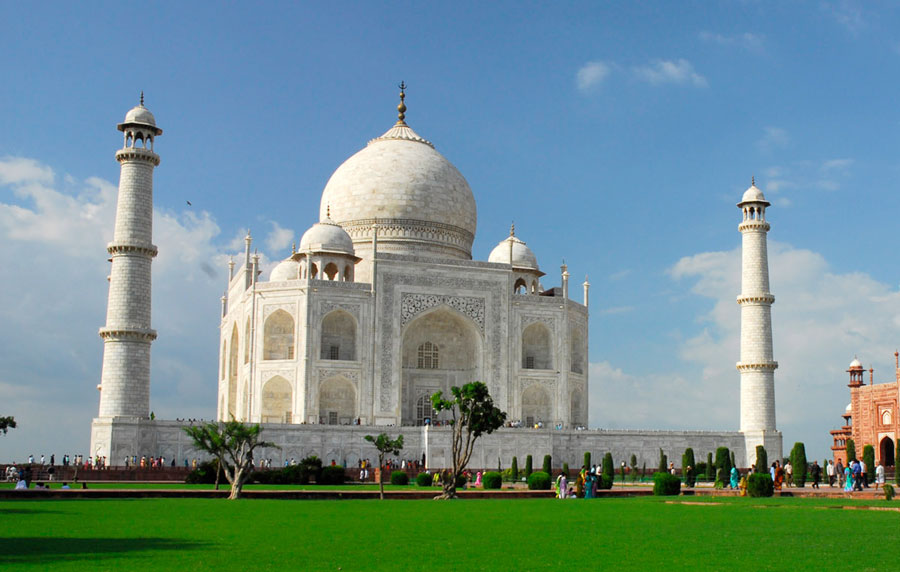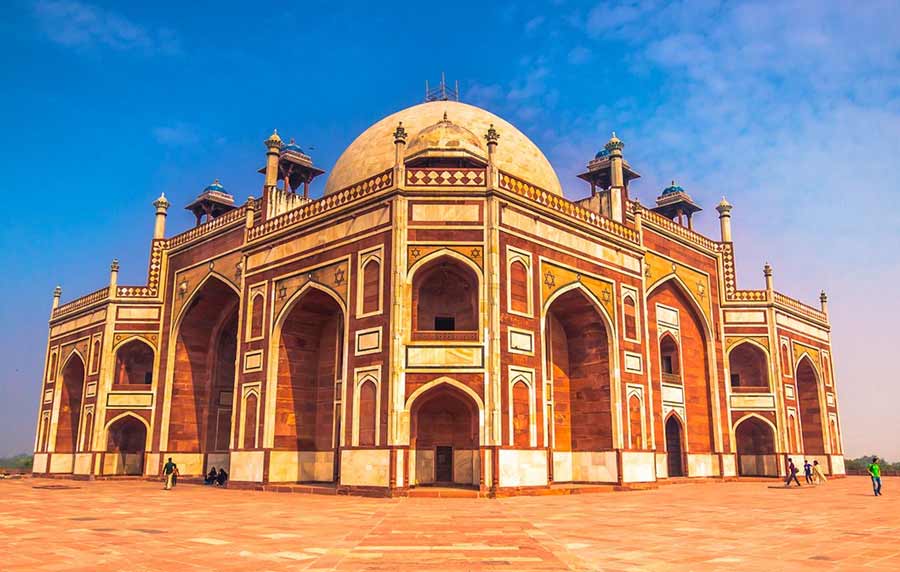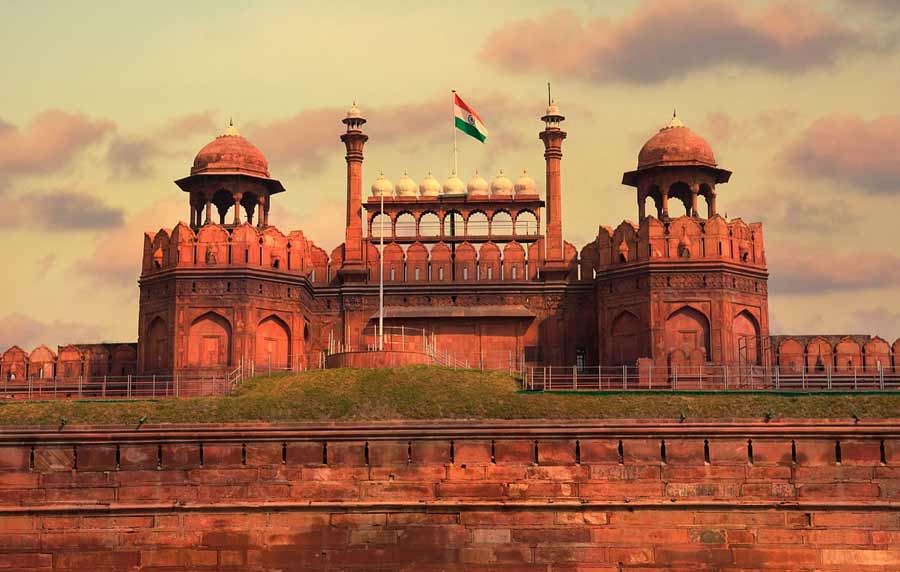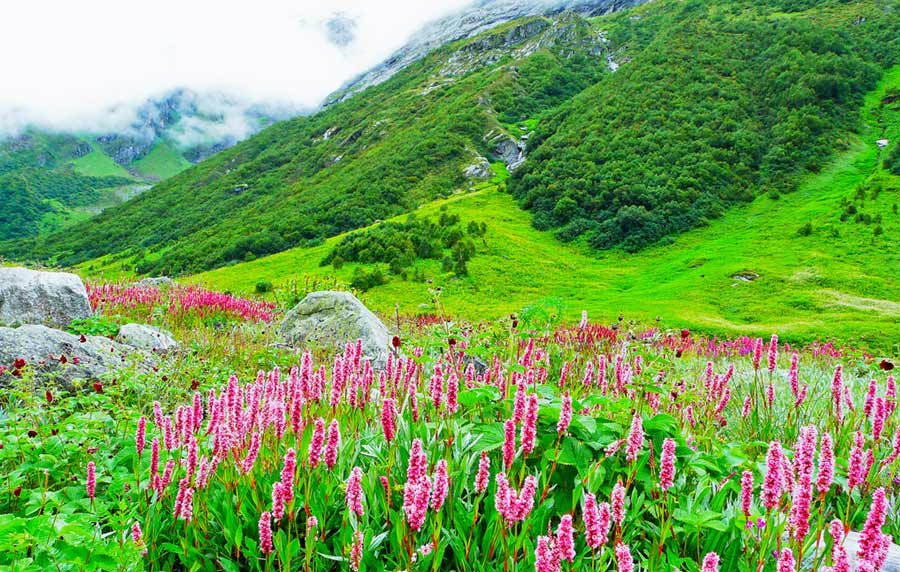Group of Monuments at Pattadakal
Pattadakal, in Karnataka, represents the high point of an eclectic art which, in the 7th and 8th centuries under the Chalukya dynasty, achieved a harmonious blend of architectural forms from northern and southern India. An impressive series of nine Hindu temples, as well as a Jain sanctuary, can be seen there. One masterpiece from the group stands out – the Temple of Virupaksha, built c. 740 by Queen Lokamahadevi to commemorate her husband's victory over the kings from the South.
India is full of incredible UNESCO sites and temple complexes, but the Temples of Pattadakal was one which definitely impressed me unexpectedly. And I say unexpectedly not because I thought they were not going to be great but because I had never even heard of this beautiful complex in Karnataka.
Let me give you a little bit more history and background on the temples and also show you some amazing photos of Pattadakal that will surely make you want to visit. Did I also mention that the temples are a great Instagram location? That is right, this is one of the most photogenic and stunning places of interest in India.
History of Pattadakal
Pattadakal was built in the 8th century and is part of a UNESCO listed group of temples which includes Aihol and the Badami Cave temples on the banks of the Malaprabha River.
The temples were built in the Chalukyan architectural style and they are said to be the inspiration for the architectural constructions in the rest of India at the time. Their name, meaning Place of Coronation, was used by the Chalukyan Dynasty for celebration and was considered holy because it is the place where the Malaprabha River turns north towards the Himalayas and Mount Kailash (remember it from my trip to Tibet?).
The temple complex received many names. It was known as Kisuvolal (valley of red soil), Raktapura (city of red), and Pattada-Kisuvolal (red soil valley for coronation) all of which refer to its holy and red soil status.
Pattadakal, together with Badami and Aihole, are considered the center of architectural experimentation and innovation between the 5th and 8th centuries and exported a lot of ideas to the rest of India. Pattadakal was used as a center of fusion of Northern and Southern Indian methods and styles and this can be seen in the construction.
Despite the early constructions in Pattadakal dating from the 7th or 8th centuries, it is believed that expansion continued well into the 12th century with the inclusion of new Hindu, Buddhist and Jain temples.
UNESCO World Heritage Sites India
The United Nations Educational, Scientific and Cultural Organization (UNESCO) World Heritage Sites are important places of cultural or natural heritage as described in the UNESCO World Heritage Convention, established in 1972. There are 37 World Heritage Sites located in India. These include 29 cultural sites, seven natural sites and one mixed site. India has the sixth largest number of sites in the world. Recently, Orchha is enlisted in the tentative list of UNESCO. The Seventh Wonder of the World and a UNESCO World Heritage Site, Taj Mahal is not merely a site that brings us to the pages of history; it is an epitome of true love, brilliant architecture and artistic precision. The white-marble mausoleum was commissioned by Shah Jahan for his wife, Mumta Mahal, way back in 1632. And to complete the masterpiece it took about 22 years and as much as 20,000 artisans.
 +91 9799050299
+91 9799050299 

